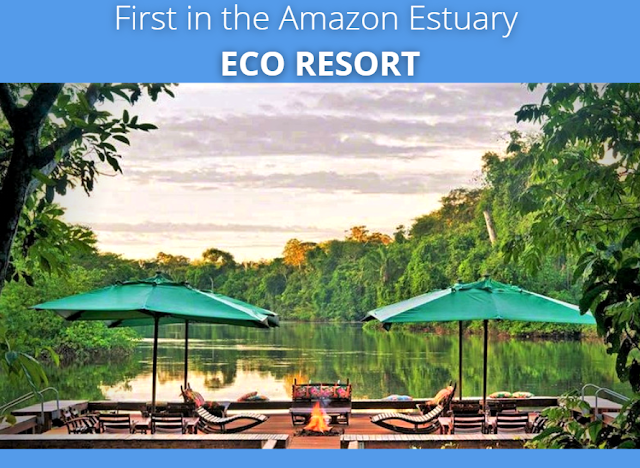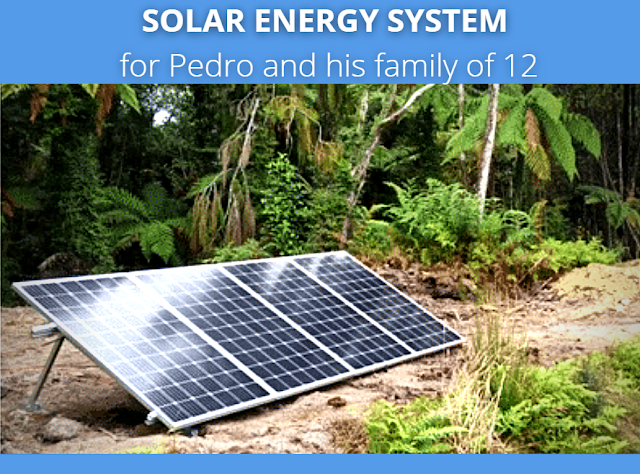Inside the Amazon
Amazing discoveries: 1200 new species found in the Amazon
Not only does the Amazon encompass the single largest remaining tropical rainforest in the world, it also houses at least 10% of the world’s known biodiversity, including endemic and endangered flora and fauna, and its river accounts for 15-16% of the world’s total river discharge into the oceans. The Amazon River flows for more than 6,600 km, and with its hundreds of tributaries and streams contains the largest number of freshwater fish species in the world.
Natural and cultural diversity
Equally impressive are the unfathomable numbers of mammals, birds, amphibians, and reptiles4 found across the biome. The Amazon is home to more than 30 million people living across a vast region subdivided into nine different national political systems.
According to the Coordinator of Indigenous Organizations of the Amazon Basin (COICA), about 9% (2.7 million) of the Amazon’s population is still made up of indigenous people – 350 different ethnic groups, more than 60 of which still remain largely isolated. And yet, for all of its magnitude and apparent remoteness, the Amazon Biome is surprisingly fragile and close to each one of us.
Jeopardizing a pillar of life on Earth
During the last half century, the seemingly endless Amazon has lost at least 17% of its forest cover, its connectivity has been increasingly disrupted, and numerous endemic species have been subjected to waves of resource exploitation. The economic transformation of the Amazon based on the conversion and degradation of its natural habitat is gaining momentum. Yet, as those forces grow in strength, we are also finding that the Amazon plays a critical role in maintaining climate function regionally and globally, a contribution which everyone–rich or poor–depends on.
The Amazon’s canopy cover helps regulate temperature and humidity, and is intricately linked to regional climate patterns through hydrological cycles that depend on the forests. Given the enormous amount of carbon stored in the forests of the Amazon, there is tremendous potential to alter global climate if not properly stewarded. The Amazon contains 90-140 billion metric tons of carbon, the release of even a portion of which would accelerate global warming significantly. Currently, land conversion and deforestation in the Amazon release up to 0.5 billion metric tons of carbon per year, not including emissions from forest fires, thus rendering the Amazon an important factor in regulating global climate (Nepstad et al 2008).
Amazon Basin and Amazon Biome
The Amazon Biome, is defined as the area covered predominantly by dense moist tropical forest, with relatively small inclusions of several other types of vegetation such as savannas, floodplain forests, grasslands, swamps, bamboos, and palm forests. The biome encompasses 6.7 million km2 and is shared by eight countries (Brazil, Bolivia, Peru, Ecuador, Colombia, Venezuela, Guyana and Suriname), as well as the overseas territory of French Guiana. The complete watersheds expand beyond the biome and sometimes include adjacent biomes (dry forest, cerrado and puna).
Not just green wilderness
So is the Amazon River Basin merely a huge, uniform expanse of rainforest, bisected by a massive river? Such a perception of the area merely scratches the surface of what is in reality a highly complex and dynamic environment. The basin actually encompasses a variety of landscapes and ecosystems. These include:
How the Earth's movements created today's Amazon River Basin
Millions of years ago, the Amazon River once flowed from east to west, emptying into the Pacific Ocean. When the Andes Mountains began to rise (due to great pressure on the tectonic plates) along the eastern side of the South American continent about 20 million years ago, this emerging mass blocked the flow of the Amazon River.
Freshwater lakes formed as a result, and the flow of the river gradually reversed to its current eastern course. About 10 million years ago, the river reached the Atlantic Ocean, close to the city of Belem in Brazil.
The water cycle: a highly efficient natural process
Every year, the Amazon rainforest receives torrential rainfall - between 1,500 mm and 3,000 mm. Where does all that water come from?
Eastern trade winds that blow from the Atlantic Ocean account for about half of the rainfall, with the other half due to evapotranspiration - the loss of water from the soil by evaporation and through transpiration from plants - in the Amazon River Basin.
If evapotranspiration and its role in maintaining ecological balance is disrupted, the climate throughout region - and well beyond - will be significantly impacted.
What it's like to be in the Amazon River Basin
Humid and warm, the region has all the typical attributes of a tropical environment. Temperatures usually average 27.9 °C during the dry season, and 25.8 °C during the rainy season. Relative humidity is quite high at an average of 88% in the rainy season and 77% in the dry season.
The unpredictability of an Amazon downpour
In the Amazon River Basin, rainfall follows a seasonal pattern, and there is a great difference in precipitation from one place to the other, even within the centre of the basin.
For example, the city of Iquitos in Peru, along the Amazon River, receives an average of 2,623 mm of rain per year, while Manaus in Brazil, receives 1,771 mm and experiences a strong dry season.
The Amazon between aspirations and reality
As our knowledge of the Amazon constantly increases, so does our understanding of the major ecological services rainforests offer to the local and global community.
While many equate a patch of rainforest with quick rewards - some simply to put food on the table - others see it as a repository of biodiversity, useful chemical compounds or even carbon stocks for the world’s increasing carbon dioxide emissions.








